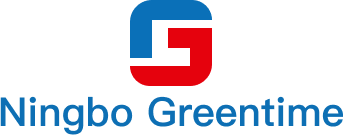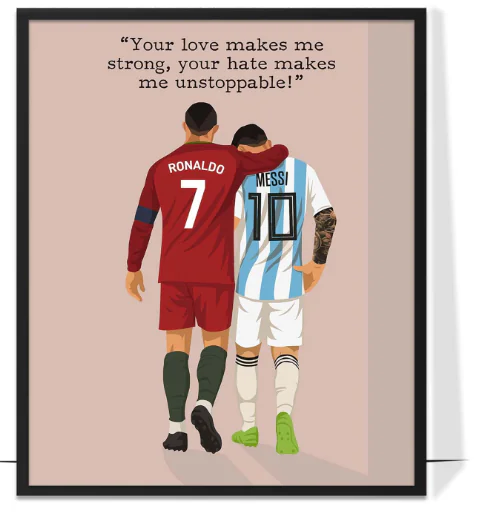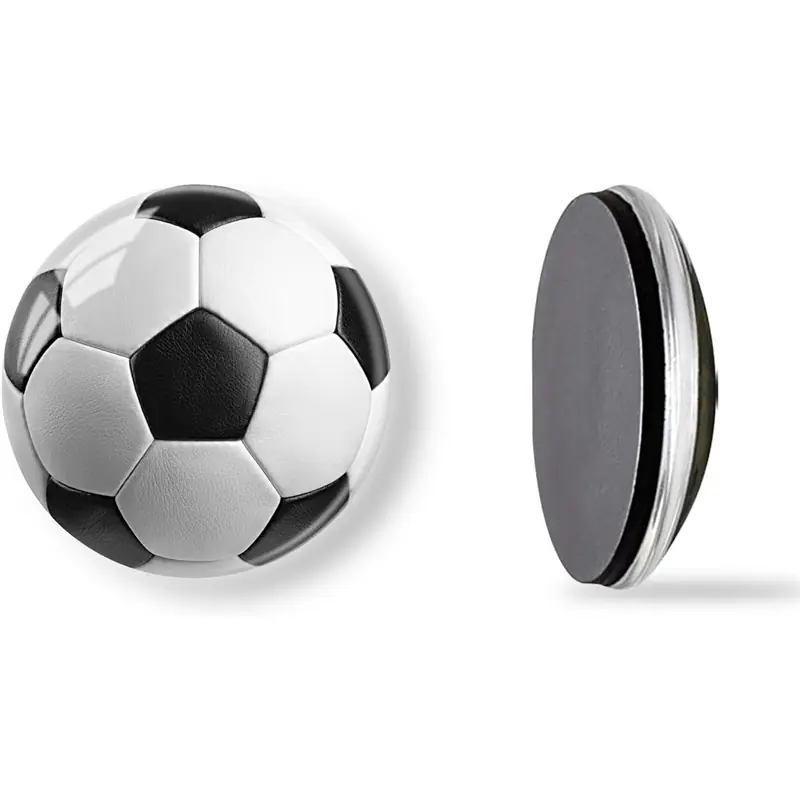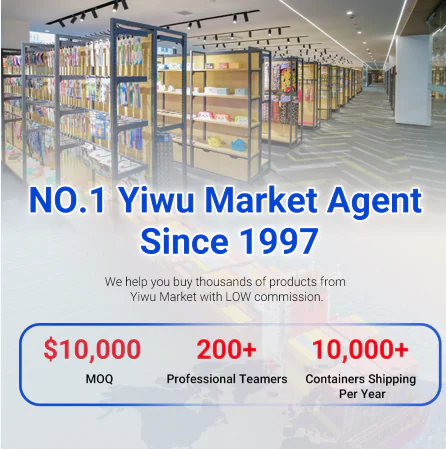Partnering with the right toy factory is key to your success in the toy industry. Whether you’re a seasoned importer or just starting, understanding key factors like MOQ, lead times, and pricing will help you make informed decisions. This guide covers the essentials of working with a toy factory, from pricing breakdowns to communication tips, so you can confidently navigate the sourcing process and build successful partnerships.
1. What Does a Toy Factory Really Offer Beyond Manufacturing?
A modern toy factory provides much more than just assembly; it offers a variety of value-added services that support the entire product development cycle. These services include prototyping, materials sourcing, safety compliance (e.g., EN71, ASTM), custom packaging, and even international logistics. This is especially useful for buyers dealing in bulk plush toys, educational toys, or custom lines targeting international markets.For more information on international toy safety standards, refer to the Consumer Product Safety Commission (CPSC) guidelines, which are essential when importing toys to markets like the US.
By partnering with the right toy factory, you gain not just a supplier but a strategic partner who understands market trends and quality control, reducing your operational burden and getting your products to market faster and safer.
If you’re interested in learning more about how to source toys effectively, explore our toy wholesale supplier services for more insights.

1.1 Understanding the Full-Service Scope
A reliable toy factory can be an extension of your business, offering services like 3D design rendering, mold development, and customized packaging solutions. These services are especially valuable for overseas buyers who may lack local resources. Many factories provide multilingual communication, in-house QC teams, and regulatory certifications like EN71 or ASTM F963, ensuring safety compliance, especially when importing bulk stuffed toys into markets like the US or EU.
Some toy factories also work with sourcing agents to identify trending products and competitive materials, helping you get quality products at competitive prices, ultimately boosting efficiency.
1.2 OEM vs ODM in Toy Factories
Understanding the difference between OEM and ODM is essential when working with a toy factory. OEM means the factory manufactures toys based on your designs, ideal for creating unique products such as custom bulk plush toys. It often requires higher MOQs and longer lead times. ODM, on the other hand, involves selecting from the factory’s existing designs and adding your branding. It’s faster and more cost-effective, making it perfect for those entering the toy wholesale market or testing new product lines.
Choosing between OEM and ODM will depend on your budget, timeline, and product needs, so clarify this early in your discussions with the factory.
2. MOQ Demystified: How Much Is Enough to Start Production?
MOQ, or Minimum Order Quantity, determines the smallest quantity you must order for the factory to begin production. This varies depending on product type, material, and customization. For example, bulk plush toys typically have a lower MOQ than more complex, high-tech toys.
For personalized assistance in negotiating MOQs, consider consulting a professional sourcing agent. A sourcing agent can help you find flexible MOQ options and manage communication with factories.
Understanding MOQ, lead times, and pricing is essential for successfully sourcing toys. By maintaining clear communication and setting expectations from the beginning, you ensure a smooth partnership with your factory, helping you bring your toy products to life.
2.1 Typical MOQ Requirements in a China Toy Factory
In China, a typical MOQ ranges from 500 to 5,000 units, depending on the product complexity and customization. For example, a plastic figurine might require 1,000 units, while a custom-designed plush toy could start at 800 units. These numbers are set to cover raw material sourcing, labor, and fixed costs, ensuring profitability for the factory.
While MOQs are usually fixed, they can be flexible for first-time orders or long-term clients. Some factories offer mixed-SKU production, allowing you to meet the MOQ across different product lines within the same category.
2.2 Strategies to Negotiate Lower MOQs
Negotiating lower MOQs is a skill. Experienced importers use these strategies:
- Consolidation: Order multiple SKUs from the same product line, like different animal designs in a bulk plush toys collection, to meet MOQ requirements.
- Long-term commitment: Show the factory you’ll reorder regularly, offering them stability and making them more willing to reduce MOQs.
- Sample production: Request a small test run at a higher price to assess market demand.
- Standard materials: Opt for standard options rather than custom colors or fabrics to reduce costs.
- Partner with a sourcing agent: They have established relationships with factories and can negotiate better terms.
Being transparent and building trust with your factory can go a long way in securing favorable terms. A strong partnership can help both parties grow together.
3. How Long Will It Take? A Closer Look at Lead Times
Lead time is the time taken by a toy factory to manufacture and deliver your goods once an order is confirmed. For international buyers, understanding lead time is crucial to avoid disruptions in sales cycles and missed opportunities, especially during peak seasons like Christmas. Typical lead times for toys in China range from 30 to 60 days, depending on product complexity, order volume, and material availability. However, this does not include sample approvals, factory scheduling, shipping, or customs clearance. For large-scale toy wholesale operations, planning a 90-day timeline from order to delivery is often wise.
Clear communication with your toy factory from the start is vital. Sharing your timeline expectations early helps the factory plan ahead, especially during high-demand periods.

3.1 Standard Lead Time for Toy Production
For standard toys like plastic items or bulk stuffed toys, production typically takes 35 to 45 days after sample approval. If molds are needed, add 7 to 15 days. Factories offering both design and manufacturing services may require additional time for prototype development, especially for OEM projects. Lead times also depend on toy complexity—simple toys like blocks are faster to produce than electronic toys that require assembly and testing.
New buyers should request a production schedule from the toy factory to set realistic expectations. This schedule will outline milestones like raw material sourcing, sample confirmation, and packaging, ensuring you stay on track with delivery goals.
3.2 Factors That Can Delay or Speed Up Production
Several factors can affect lead time. Internally, the toy factory’s capacity and workload play a role—factories may need extra time to start new orders during peak seasons. Externally, material shortages, port congestion, and holidays like Chinese New Year can cause delays.
To minimize risks:
- Place orders ahead of high-demand seasons.
- Approve samples quickly to avoid delays.
- Choose factories with expertise in your product type, such as soft toy manufacturers or educational kits specialists.
A responsive factory with buffer stock can speed up production. Some also offer “priority slots” for loyal clients, helping to reduce turnaround times when speed is crucial.
4. Toy Factory Pricing Explained: What Affects Your Cost per Unit?
Pricing plays a crucial role in determining the profitability of your business when working with a toy factory. Understanding what drives the cost per unit is essential, especially when managing large orders or complex products. Several factors influence pricing, starting with raw materials. Premium materials, such as plush fabrics for soft toy manufacturers or sustainably sourced wood for a wooden toys supplier, increase costs. Custom designs, like those required by a custom toy manufacturer, may also add to the initial cost due to molds and specialized equipment.
Labor costs are another factor. In regions like China, wage rates vary, affecting the final price. Complex toys that need more labor, such as hand-stitched bulk plush toys, will cost more. Packaging also plays a critical role, especially for wholesale toys bulk orders, where branded packaging can raise costs but adds to market appeal. Understanding these elements will help you negotiate better deals and set realistic profit margins.
4.1 Raw Materials, Labor, and Packaging Costs
The choice of raw materials significantly impacts the cost per unit. Soft toy manufacturers often use premium fabrics to ensure safety and durability, raising costs. If you’re ordering wholesale toys bulk, deciding between standard or custom materials is essential—custom materials typically cost more but offer unique product appeal.
Labor costs depend on toy complexity. Simple toys are less labor-intensive, while intricate designs or safety-compliant toys demand specialized labor, increasing costs. Packaging also contributes to the unit price—custom packaging for bulk stuffed toys may enhance appeal but adds expense.
Being clear on raw materials, labor, and packaging costs allows you to negotiate better with your toy factory, ensuring you stay within budget and maintain a competitive edge in the market.
4.2 Hidden Fees You Should Be Aware Of
While the factory’s initial quote may seem reasonable, hidden fees can quickly add up, especially in international trade. Customs fees, tariffs, and taxes may not be included, impacting your profit margins. Some factories charge extra for design modifications, expedited lead times, or creating new molds—common for a custom toy manufacturer.
Additionally, special certifications or safety testing (especially for children’s toys) could incur hidden costs. Some factories include basic quality control, but more rigorous testing or third-party inspections can lead to additional expenses.
It’s vital to clarify all potential hidden fees with your toy factory before committing. A clear contract will help you avoid surprises and stay within your budget.

5. How to Communicate Like a Pro with Your Toy Factory
Effective communication with your toy factory is key to ensuring smooth production and avoiding costly delays or defects. Here are some tips to help you build a strong, professional relationship with your factory.
Start by setting clear expectations about MOQ, lead times, and pricing from the outset. Be specific about your requirements, product specifications, and deadlines. This will prevent misunderstandings and establish a solid foundation for your partnership.
Additionally, use the correct terminology, such as “lead time,” “MOQ,” and “product customization.” This helps ensure both parties are on the same page and reduces the risk of miscommunication.
5.1 Essential Terms to Use When Discussing MOQ, Lead Time, and Price
Be clear about your expectations for MOQ (Minimum Order Quantity), lead time, and pricing. MOQ refers to the minimum number of units a factory is willing to produce, which varies by product complexity, such as wholesale toys bulk vs. custom items.
Lead time refers to the time from order placement to delivery. Always inquire about the factory’s standard lead times and how customizations may impact them.
Pricing discussions should include a breakdown of costs per unit, labor, materials, and additional services (e.g., packaging). This ensures you and the factory are aligned and avoids unexpected costs.
5.2 Avoiding Miscommunication in Cross-Border Business
Miscommunication can happen in international trade due to language barriers or cultural differences. To minimize this, document all communications clearly, ideally in writing. Use simple language and avoid jargon.
Tools like email, WhatsApp, or WeChat help streamline communication. Consider working with a professional translator or sourcing agent to ensure clarity when discussing product details, pricing, or timelines.
Maintaining clear and consistent communication will lead to a more efficient, productive relationship with your toy factory, reducing errors and delays.
6. Choosing the Right Toy Factory: Tips from Sourcing Experts
Selecting the right toy factory is a pivotal decision for your business. It’s not just about finding a factory that can meet your MOQ and pricing requirements—it’s about selecting a partner that aligns with your values, quality standards, and long-term goals.
Start by researching potential factories, looking for reviews, certifications, and product samples. A good china toys supplier will provide you with transparent information about their capabilities and experience in manufacturing your type of product, whether it’s soft toy manufacturers or a custom toy line.
6.1 Vetting a Reliable Toy Factory in China
When vetting a toy factory, ensure that they have the necessary certifications, such as ISO 9001 for quality management or safety certifications required by your target market. Check for reviews or references from other businesses that have worked with the factory, and request product samples to evaluate the factory’s quality standards.
Additionally, visit the factory in person if possible, or work with a trusted sourcing agent who can inspect the facility on your behalf. Establishing a personal connection with the factory owners or managers can provide invaluable insight into their production capabilities and commitment to quality.
6.2 The Role of a Sourcing Agent in Smooth Communication
A sourcing agent acts as a bridge between you and the toy factory, helping to smooth out communication issues, manage timelines, and ensure that quality standards are met. These professionals have local knowledge, industry experience, and established relationships with factories, making them invaluable assets in navigating the complexities of toy manufacturing.
They can also assist in negotiating better terms, such as lower MOQs or improved lead times, and handle issues like logistics, customs clearance, and post-production inspections. By working with a sourcing agent, you reduce the risks of miscommunication and ensure that your orders are managed efficiently, leaving you to focus on scaling your business.
Conclusion
Choosing the right toy factory goes beyond just cost and lead time; it’s about forming a reliable, long-term relationship. By understanding MOQ, pricing, and communication best practices, you can avoid common pitfalls and ensure smooth production. If you’re ready to source high-quality toys and streamline your business, contact GREENTIME today. We specialize in connecting you with trusted manufacturers and providing full support throughout your sourcing journey. Let’s work together to bring your toy products to life!
Zoe Cen is directly responsible for supplier selection and final purchasing decisions within our company. My role goes beyond price negotiations — I oversee the full evaluation process, including product quality, compliance with international standards, production capacity, and delivery reliability. I have the authority to approve or reject suppliers based on their ability to meet our long-term procurement strategy. When choosing business partners, I prioritize manufacturers who can provide not only competitive pricing but also consistency, flexibility, and professional after-sales support. Every decision I make is aimed at securing sustainable supply chain solutions and creating value for both sides in the partnership.










